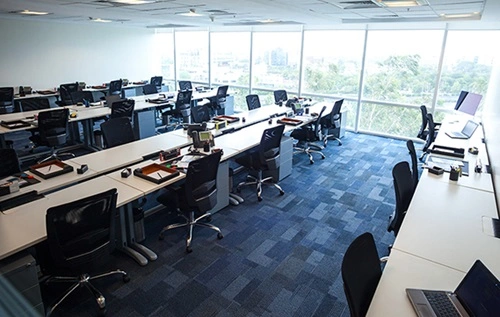The ongoing political and economic crisis in Bangladesh has far-reaching implications not just for the country itself but also for its neighboring nations, particularly India. Given the intertwined economic and geopolitical ties between these two countries, the ramifications of Bangladesh’s instability could be significant. Here we discuss the various aspects of how the crisis in Bangladesh might impact India’s economy.
1. Trade Disruptions
Impact on Bilateral Trade
- Volume of Trade: India and Bangladesh share a robust trade relationship. According to data from the Indian Ministry of Commerce, bilateral trade between the two countries stood at approximately $10 billion in 2022-23. Any disruption in Bangladesh due to political instability could adversely affect this trade volume.
- Exports and Imports: India exports goods such as machinery, cotton, vehicles, and food products to Bangladesh, while importing apparel, textiles, and fish. Trade disruptions could impact industries dependent on these imports and exports, leading to potential shortages and increased prices in India.
Supply Chain Issues
- Manufacturing Sector: Bangladesh is a key supplier of textiles and garments. Disruptions in production due to political unrest could affect the supply chains of Indian garment manufacturers, potentially leading to delays and increased costs.
- Logistics and Transportation: The crisis may impact the logistics and transportation networks between the two countries, causing delays in the movement of goods and increasing transportation costs.
2. Economic and Financial Implications

Currency Fluctuations
- Exchange Rate Volatility: Political instability often leads to currency depreciation. A significant devaluation of the Bangladeshi Taka could impact the exchange rate dynamics between the Taka and the Indian Rupee, affecting bilateral trade settlements and potentially leading to increased costs for Indian importers.
Financial Markets
- Investor Sentiment: The crisis in Bangladesh could dampen investor sentiment in the region, leading to a pullback of foreign direct investment (FDI) not just from Bangladesh but from South Asia as a whole. This could have a knock-on effect on Indian markets, particularly if regional instability is perceived as a broader risk.
3. Labor and Migration Issues
Migrant Labor Impact
- Labor Market Dynamics: Bangladesh is a significant source of migrant labor for India, particularly in the unskilled and semi-skilled sectors. Political instability could lead to an influx of refugees and migrant workers into India, straining local resources and labor markets.
Social and Economic Pressure
- Refugee Crisis: An increase in refugees from Bangladesh could pose significant social and economic challenges for India. This could lead to increased public spending on social services and infrastructure to support the incoming population, potentially diverting resources from other developmental projects.
4. Geopolitical and Strategic Concerns
Regional Stability
- Security Issues: Political instability in Bangladesh could lead to security concerns along the India-Bangladesh border, necessitating increased vigilance and potentially leading to higher defense expenditures for India.
- Diplomatic Relations: India’s diplomatic efforts in maintaining regional stability may become more complex and resource-intensive, potentially diverting attention and resources from other international engagements.
Economic Alliances and Cooperation
- Regional Trade Agreements: Instability in Bangladesh could impact regional trade agreements and economic cooperation initiatives under SAARC (South Asian Association for Regional Cooperation), affecting India’s broader economic strategy in South Asia.
Conclusion
The ongoing crisis in Bangladesh presents multiple challenges for India, from trade disruptions and economic instability to increased social and security concerns. While the immediate impact might be most visible in trade and labor dynamics, the long-term implications could affect regional stability and economic growth. It is crucial for India to closely monitor the situation and engage in proactive measures to mitigate the potential adverse effects on its economy.

